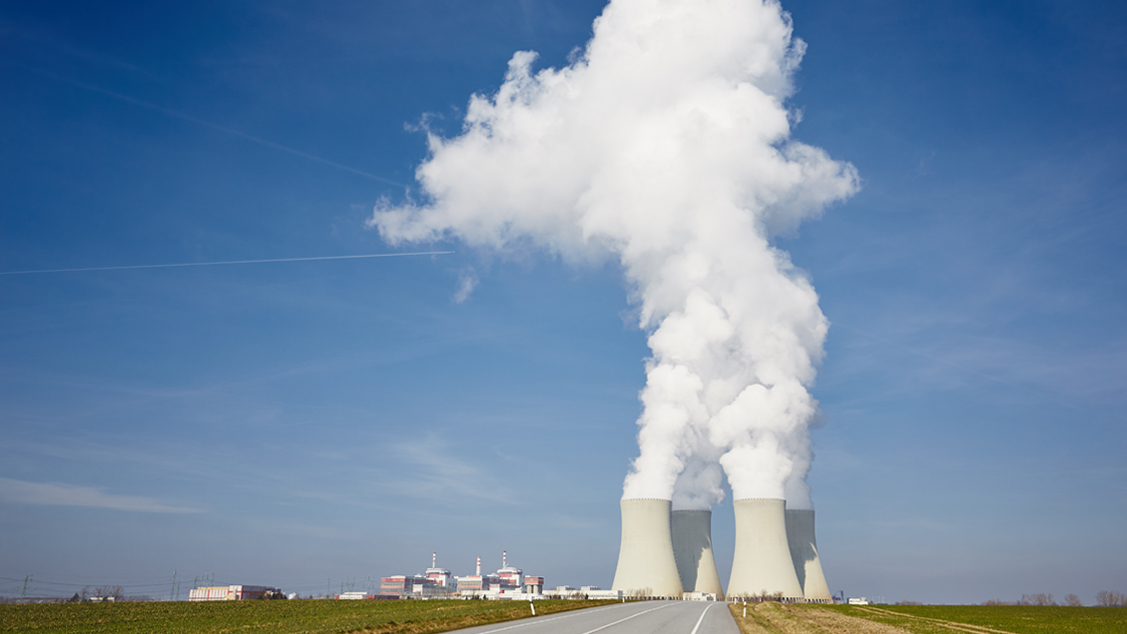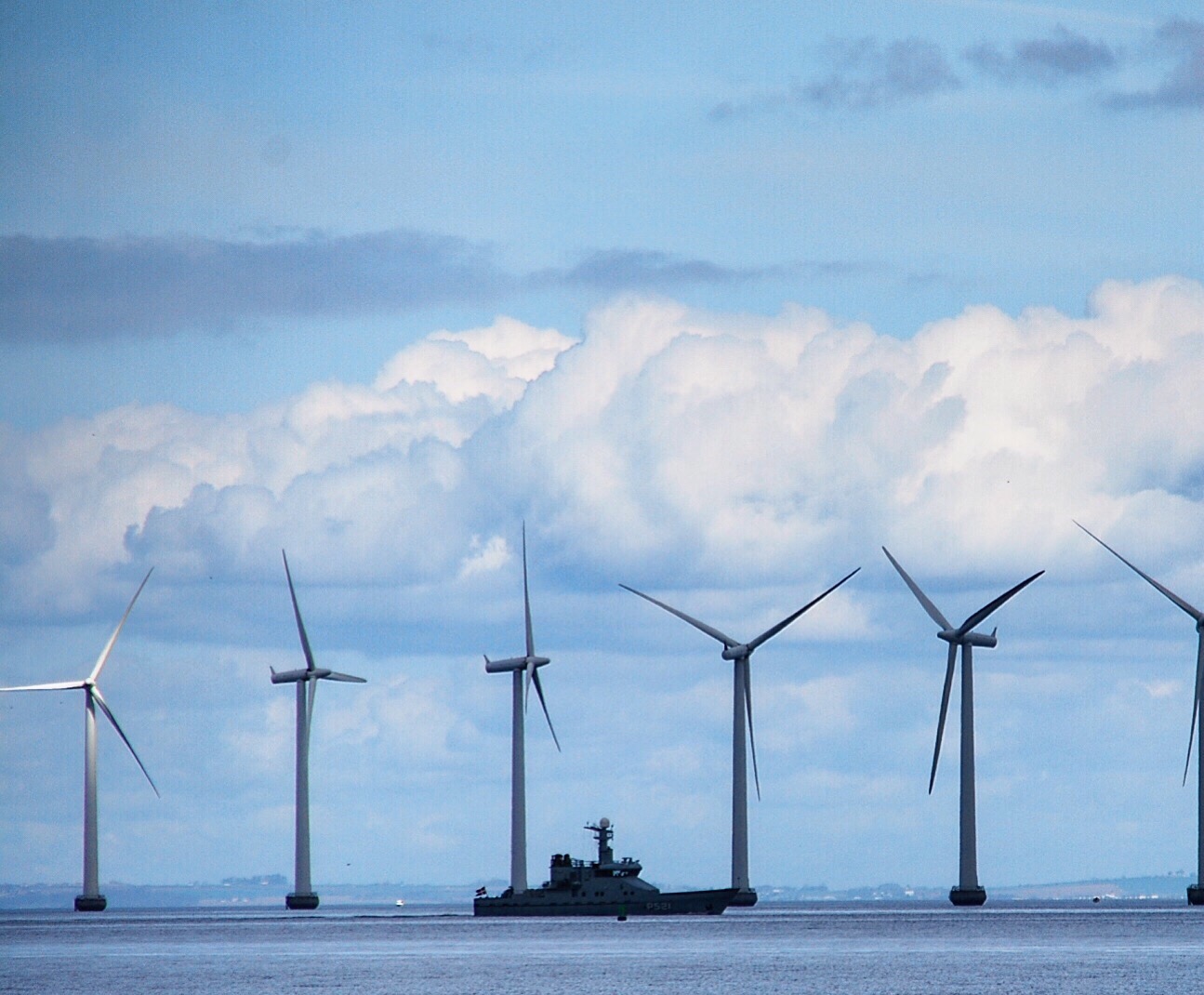The Cottam coal power plant owned by EDF in Nottinghamshire was switched off for the last time on 30 October.
The 2GW plant was commissioned in 1968 and was able to produce almost 500TW hours of energy during its lifetime. That was enough to supply the whole of the UK for about eighteen months.
The power station was designed to function for three decades but had extended its service life until 2019. Until its closure, Cottam had been capable of producing enough power for around 3.7 M households.
Decommissioning the power station is underway and is estimated to go on for about six to twelve months. Buildings are set to be levelled during this process.

The UK Government has already sent word back in 2015 about its intention to close all power stations that emit dangerous amounts of carbon dioxide (CO2) as soon as cleaner alternatives produced by gas-fired stations were set up. The latest study from Climate Analytics has also suggested that emissions from coal should peak in 2020 to stop the harmful effects of climate change.
Why it Ended
The UK has seen a substantial growth in renewable energy generation, which could be a major reason why Cottam closed. With renewable sources surpassing coal as the leading energy supply according to the National Grid, power stations that use coal have been pushed lower down the list, the lowest on record since the Industrial Revolution.

EDF Energy, the owner of Cottam, blamed the current market conditions for the closure of the power plant. It is expected that all UK coal-fired power stations will be out of service by 2025.
The closure of the Cottam coal-fueled power station leaves only six major operational coal-fired stations in the UK… Ratcliffe and West Burton in Nottinghamshire, Fiddlers Ferry in Chesire, Drax in North Yorkshire, Kilroot in County Antrim and Aberthaw in the Vale of Glamorgan.
EDF Energy further stated that the plant’s 300-strong workforce had moved either to other areas of the company or nearby West Burton.
The West Burton power station is said to continue running for at least two years more, with contracts still in place.
Sentiments from Different Sides
Andy Powell, Cottam plant manager, expressed his sadness yet pride over the closure. He said that the past 50 years have made the power station a significant part of the landscape. It was able to support the UK economy and went far beyond its designed operational life.
Powell also claimed that the plant was running better than ever in the final days of its operations. He also stated that the Cottam team has been in constant communication with the management since the closure announcement, to ensure that their future is right and just.

Trade union Prospect senior deputy general secretary Sue Ferns said that she felt grateful for the redeployment of the workers in a prompt manner. She called the termination of Cottam a sad day, but she remains hopeful that the move was made to achieve the net-zero emission goals of the UK.
Ferns added that the transition to low-carbon generation could be adequately managed without negatively impacting the workforce.
EDF has already sent word to the workers, encouraging them to explore opportunities within the firm, with a number of them possibly being absorbed in Hinkley Point C.
Meanwhile, a Greenpeace spokesperson weighed in on the matter, saying that it is good news for the world that the days of coal have dwindled considerably. The organisation believes that dirty fuel is one of the leading causes of the present climate emergency.
More investors and stakeholders are eyeing renewable energy generation in recent months, since there is an upward trend in the use of clean electricity. Several offshore and onshore wind farm projects are operational or in construction today, contributing significantly to the grid and fostering the net-zero target by 2050.
